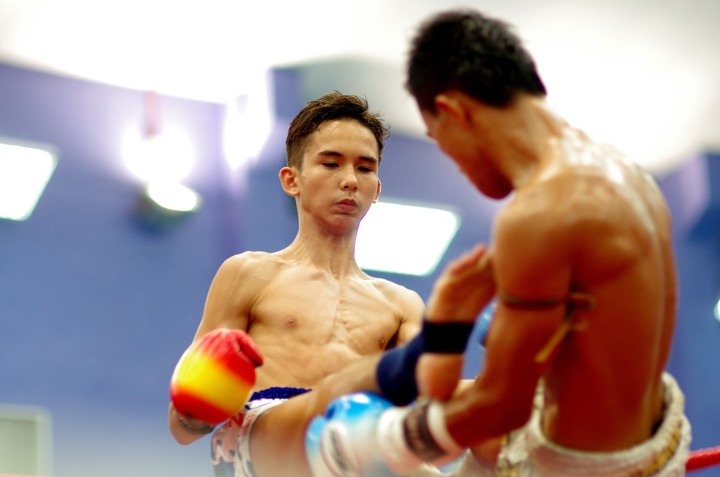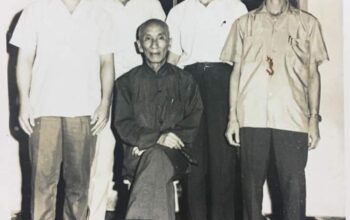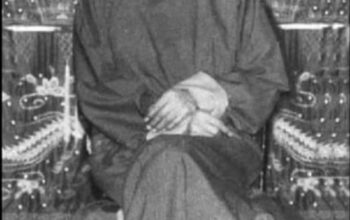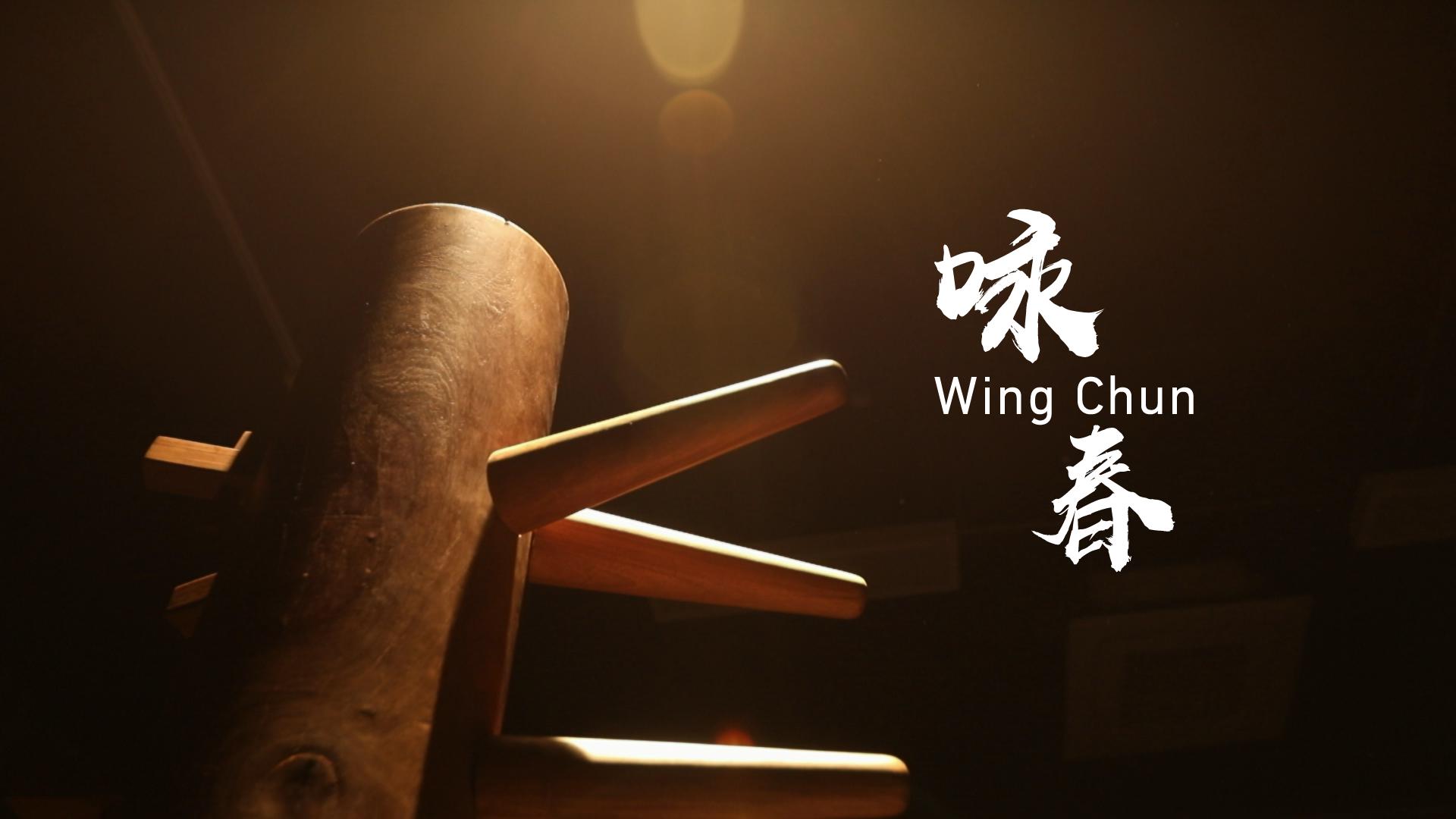Wing Chun, a traditional Chinese martial art known for its practicality and efficiency in combat, can indeed be effective against larger opponents. While size and strength can provide advantages in a physical confrontation, Wing Chun’s principles, techniques, and strategies level the playing field and allow practitioners to effectively defend themselves regardless of their opponent’s size. Let’s explore how Wing Chun can be effective against larger opponents.
One of the key principles in Wing Chun is the concept of “Economy of Motion.” Wing Chun techniques are designed to be direct, efficient, and compact, minimizing unnecessary movements and relying on the proper alignment of the body. By using efficient techniques and focusing on targeting an opponent’s vulnerable areas, Wing Chun practitioners can neutralize larger opponents without the need for excessive strength.
Wing Chun’s principle of “Centerline Theory” is also advantageous when facing larger opponents. The centerline refers to an imaginary line running down the center of the body, and Wing Chun practitioners aim to control and dominate this line. By maintaining a strong centerline position, Wing Chun practitioners can effectively intercept and neutralize the attacks of larger opponents, exploiting their vulnerabilities and creating opportunities for counterattacks.
Wing Chun’s focus on close-quarters combat is particularly advantageous when facing larger opponents. The style emphasizes techniques and strategies that excel in tight spaces, where size and strength become less of an advantage. By utilizing techniques such as trapping, close-range strikes, and joint manipulation, Wing Chun practitioners can neutralize the reach and power of larger opponents, effectively nullifying their physical advantages.
Another crucial aspect of Wing Chun that aids in its effectiveness against larger opponents is the training methodology. Wing Chun places a strong emphasis on sensitivity and timing, honing the practitioner’s ability to read and react to an opponent’s movements. This heightened sensitivity allows Wing Chun practitioners to detect and exploit gaps in the larger opponent’s defense, launching precise counterattacks or utilizing their opponent’s force against them.
Wing Chun’s training in Chi Sao, or Sticky Hands, further enhances its effectiveness against larger opponents. Chi Sao is a dynamic practice that focuses on developing sensitivity, reflexes, and adaptability. Through Chi Sao training, Wing Chun practitioners learn to “stick” to their opponent’s limbs, maintaining constant contact and using their sensitivity to anticipate and respond to the larger opponent’s movements. This allows Wing Chun practitioners to flow with the force applied by the opponent, redirecting it and creating opportunities for effective counterattacks.
In addition to technique and strategy, Wing Chun also places importance on mental attributes such as focus, discipline, and proper mindset. The practitioner’s mental state plays a crucial role in combat, regardless of the opponent’s size. Wing Chun’s training instills mental fortitude, allowing practitioners to stay calm, focused, and adaptive in the face of larger opponents. This mental resilience enables Wing Chun practitioners to exploit openings and weaknesses, even when faced with a size disadvantage.
It is important to note that effectiveness against larger opponents in Wing Chun relies on proper training, consistent practice, and application. Developing proficiency in Wing Chun techniques requires dedication, discipline, and regular training under the guidance of a qualified instructor.
In conclusion, Wing Chun can be highly effective against larger opponents. Through its principles, techniques, and strategies, Wing Chun allows practitioners to neutralize the advantages of size and strength. By focusing on economy of motion, centerline theory, close-quarters combat, sensitivity, and mental attributes, Wing Chun practitioners can effectively defend themselves and exploit the vulnerabilities of larger opponents. With proper training and application, Wing Chun empowers individuals of all sizes to handle encounters with larger opponents successfully.







